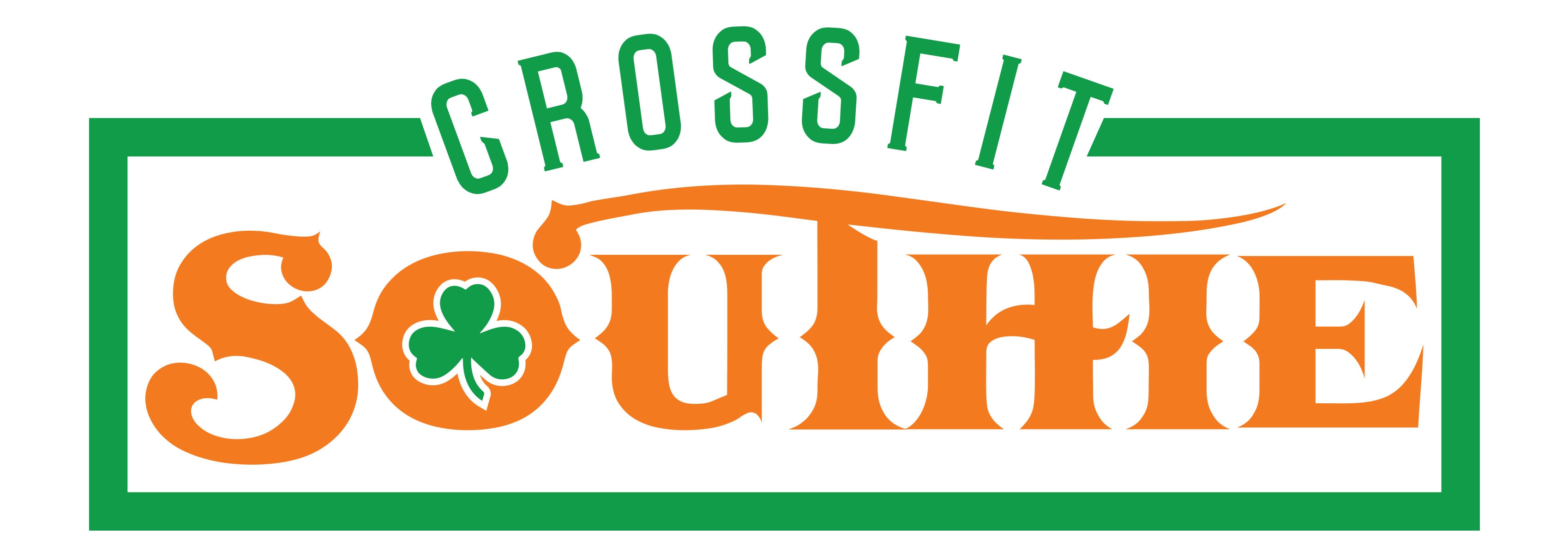
I have spent the last several days educating myself on Carb-Backloading. At a first glance I was admittingly horrified. This was partly due to the fact that a female CrossFitter is not the intended audience. The thought of eating donuts and pizza after a day of fasting and having the end product be gaining 30lbs of muscle made me cringe, but then I read on and started to buy into it.
There is quite a lot of science to back this method, and though it is not a lifestyle diet, it can be useful during a strength cycle. It is interesting that when focusing on the Zone diet and the Whole 30 the take away message is to avoid a spike in insulin. Spiking insulin (the hormone that is released in response to carbohydrate) is associated with fat storage. With Carb Backloading the idea is to create an insulin spike at the end of the day, basically when it is recommended not to eat.
Ok, let’s break this down a bit.
What is the purpose for Carb-backloading?: Insulin causes us to grow. If we manipulate when we experience an insulin spike it will help our muscle developement and recovery by redirecting glucose away from fat cells and into muscle cells. For the best results it is highly recommended that you train at 5pm. It can work for morning worker-outers, but the efficacy of it will likely be compromised due to the hormonal timing of the body.
No breakfast? Yes, that’s right. Skipping the “most important” meal of the day. When back-loading it is recommended to not eat right when you wake up. This is when the insulin sensitivity is the highest as well as your cortisol levels. Fasting during the morning will stimulate fat-burning. If you do need to eat immediately upon waking fat is your best option. Fat is not used as fuel until about 3 hours after ingesting it.
Less than 30g of carbs/meal until after lifting. So basically paleo with no fruit and little nuts. Meat, fish, and fibrous vegetables. Even eggs are discouraged because they cause an insulin spike. No spike in insulin at all before lifting.
Immediately post workout: High glycemic carbs are recommended post workout (bananas, mangos, basically anything thatis high on the glycemic index). They will help replenish depleted glycogen stores which helps prevent muscle break down. This can be in combination with whey protein in the form of a protein shake.
Dinner and beyond: You still want to get in some protein (steak, chicken, whatever you like) but then you need to get in some more fast digesting carbs. Potatos, white rice, fruit, and many other things that I won’t list here because I haven’t thought about eating this kind of sugary goodness in so long. After dinner it is recommended to eat MORE carbs, most people do a couple of bowls of cereal. Or some fro-yo!! Simple sugars.
Off-days: No back-loading. That’s how you get fat.
Morning peeps: Different than the regular program. Back-load the night before you train. No breakfast, just coffee. Post workout some simple sugars, want to mix in with some protein. Normal dinner. Load up on the carbs again before bed.
Ladies- It does have a different affect on women compared to men. Women should have a limited amount of carbs. One carb dominant meal at night should be enough. Do not overdue it or it will work against you.
There is so much information out there and I am happy to answer any questions you may have. I tried to break it down in the simplist terms that I could, but as simple as this diet can be at first glance there is a lot of small details that are important in understanding the why’s and how’s. There are many of you doing carb-back-loading already. If you can post to comments about your experience thus far that would be great.
I have never personally done this diet, and I don’t oppose it or stand behind it. The author “Keifer” specifically says that it is not for CrossFitters, but it could give you an edge during a strength program. Csexier with super ripped abs. Will it make you stronger?? Those of you who are going to try it will let us know!
Warm-Up
Row 500m
30 Box Jumps (24,20)
20 Barbell Good Mornings
-5 Minutes Stretching Hamstrings
Strength
Work up to a 1 RM Deadlift
WOD
20 Front squats (205,135)
30 Box jumps (30, 24)
40 Kettlebell swings (1.5,1)
50 Wall ball shots (20,14)
Regional – (185, 115)
Open – (165, 110)
